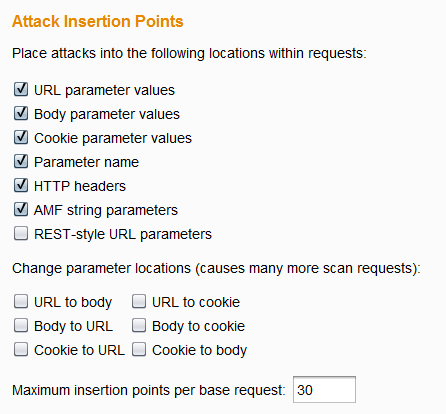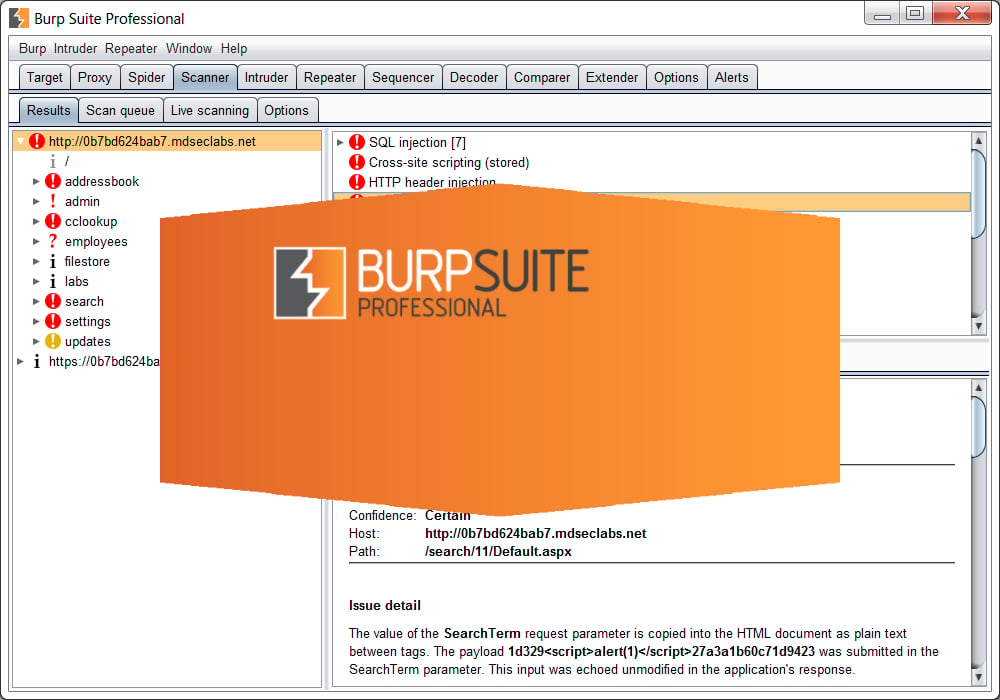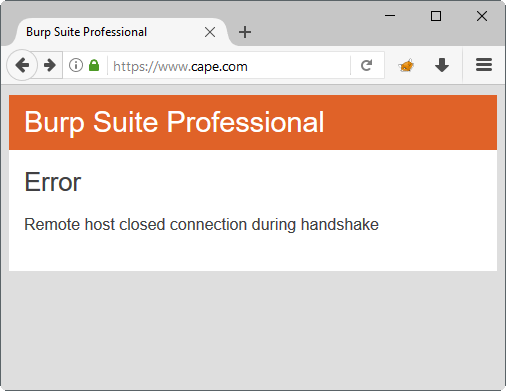

- #Web application penetration testing using burp suite manual
- #Web application penetration testing using burp suite password
In this case, we can see if there are any errors that may be created after a certain number of log in attempts from the test IP address, or we may be able to try repeatedly. If you then look at the repeater tab, you can resend the request by selecting go. What you first need to do is send the login information to repeater so, on the proxy tab, select action, and then send to Repeater. For this demonstration, we suggest you use repeater. Now that you have a potential point of entry in to the back-end of the site, you can try to test the log in. If you now select the proxy tab, and select “Drop” – just a warning – you may have to select this multiple times, and it may freeze for a short period – you should now be able to see the login dot PHP line it should also give you the login you tried in cleartext.
#Web application penetration testing using burp suite password
Let’s get the browser back up, and type “test” in to both the username and password fields, and select login. What we want to do now is to find where the login details are entered within the HTML code. Looking at the pages it’s spidered, it’s found a portal let’s try and get in. If you select it, you should see that Burp has automatically begun to spider through the webapp, so you can access each of the pages we have access to. If you return to Burp, and look at the file menu on the left hand side, you should see the IP address of the target. Step 3: Trying to get in Now that Burp has successfully intercepted the web application, you can begin to attempt to access the web application. As you can see, it has done this in my web browser, and the next page on the web application has been loaded. As you want Burp to continue with this, you can tell it to carry on with the Get request by selecting forward. When you select the link in the browser, you send a Get request in HTTP you can confirm this by looking in the Raw section under the intercept tab where you should see Get/bwapp. From here, you can get Burp to interact with the app. This is because Burp is holding the page. Then, return to the browser page and attempt to select one of the links we’re trying the link bwapp). Step 2: Intercepting your target Now that you’ve checked that Burp is connected to Firefox, you’ll want to test that Burp is intercepting the website. If it is, this means that Burp is working. You should then see Intercepts, and, if you select the options tab, you should be able to see that the loop back address and port are on.

You now want to make sure that the proxy you’ve set up in Firefox is switched on, so select the proxy tab. When Burp has loaded, select create a temporary new project, and select next to start Burp. The browser is now ready to use Burp now open Burp from the toolbar. Then select OK and close the preferences tab. You’ll then want to utilise this proxy for all protocols, so select Set All Protocols. You’ll need to set the port address too – by default Burp uses port 8080 which is typically used for a personally hosted web server. Because Burp is looking at a local connection, you set your local loop back address – mine is 127.0.0.1.
#Web application penetration testing using burp suite manual
You now need to specify a manual proxy that Burp will be interacting with.

Then, scroll down and you should see Network Proxy select this. To do this in Firefox, open the Hamburger menu in the top right of the browser and select preferences. You’ll then need to set up your web browser to accept intercepts from Burp. We’re using Firefox, as it interacts best with Burp. First of all, enter the IP address in to your web browser. In this example, we’re going to be using Burp in a test environment using the IP address 10.1.1.102. In this demonstration, we’ll go through the basics in 5 steps: Burp is used for multiple tasks, but its primary purpose is to use the information gathered with other tools to test the vulnerabilities of the web application being pen-tested. BurpSuite, also known as Burp, is an industry standard penetration testing tool.

In this video guide we’ll be covering the basics of BurpSuite, the web-application proxy.


 0 kommentar(er)
0 kommentar(er)
